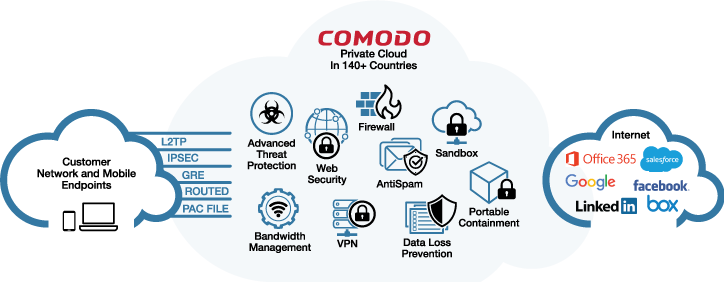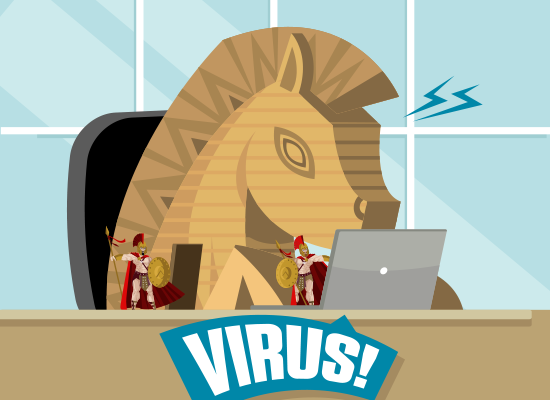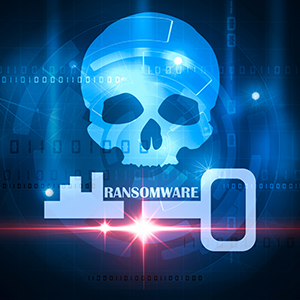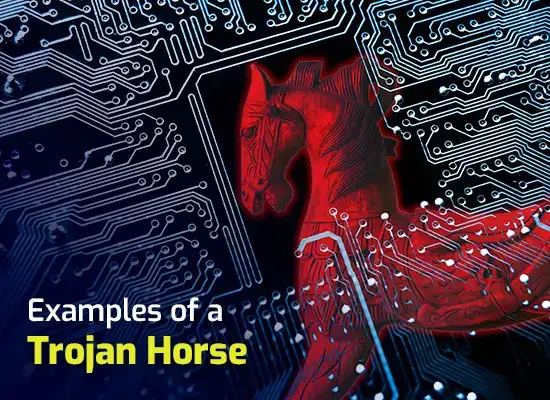Malware Scan – Is It Important To Protect The Computer
Updated on October 21, 2022, by Xcitium
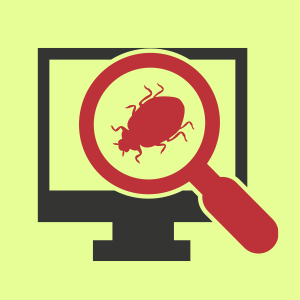 Malware Scanning is the process of detecting malware in the computer to eliminate it. It’s because of malware scanning that the threats lurking on the computer are identified. Without malware scanning, the computer is at risk of malware infection.
Malware Scanning is the process of detecting malware in the computer to eliminate it. It’s because of malware scanning that the threats lurking on the computer are identified. Without malware scanning, the computer is at risk of malware infection.
A computer that is not scanned regularly may already have malware infection only it doesn’t show any sign of malware yet.
To better understand the importance of malware scanning, it is important to know why malware scanning is created in the first place.
Malware – what is it
Malware is a program designed to harm the computer. Once installed, malware attacks the files and computer data in many ways. It can delete the keys in the registry that leads in a critical error.
Malware can also steal personal information such as username, password, and bank account information. Hackers have created them mainly for extortion. It is used to commit financial crimes on the Internet.
So what is malware scanning role here? Its role is to prevent malware from entering the computer. By scanning the files that enter the computer and scanning the PC regularly, threats are identified and eliminated.
The first line of defense is prevention. To protect the computer, malware must be prevented from ever entering the computer and malware scanning plays an important role here. That’s what malware scanning is for.
To perform malware scanning, an anti malware software must be installed on the computer first. What is anti malware exactly?
Anti malware software is a program designed to combat malware. It scans the computer for malware regularly and deletes any threats detected. Anti malware is a useful software because it protects the computer against malware attacks.
If the computer has an anti malware installed, it is safe from malware because the anti malware software scans the new files downloaded from the Internet. Many of the applications on the Internet contain malware.
Hackers conceal malware in fake apps to convince victims into installing it. Often malware appears like a legitimate software that is useful to the computer. But once installed, it does a serious damage on the computer.
For that reason, users are advised to install an anti malware software on the computer to detect if a file contains malware. That is the easiest way to verify if a file is safe or harmful.
How does Anti Malware work
The anti malware software uses different techniques to identify malware.
Signature-Based Detection
Signature-Based Detection is the process of collecting the file code. Note that malware is identified using the unique code it carries. Once the malware scanner has collected the file code, it is sent to a database that contains virus codes, then the code is compared to the virus codes listed in the database.
If the code matches any of the codes in the database, it means that the file is malicious. The database flags the file as harmful, therefore the file is denied from entering the computer. That’s how Signature-Based Detection works. It relies on virus codes to identify malware.
Heuristic Analysis
The other technique the anti malware uses to identify malware is called Heuristics. In some cases, malware bypasses Signature-Based Detection. Either because it’s an advanced type of malware that can mutate or it’s an unknown threat. Note that thousands of malware are discovered every day.
Heuristics monitors the behavior of the files in the computer. If it shows any suspicious behavior, it’s quarantined. During this process, the file is unaware that it is already isolated. The anti malware monitors the file, if it continues to display harmful behaviors, it’s flagged as a threat.
Sandbox
Sandbox is the protected space where suspicious files are quarantined. Sandbox is used to run the file without infecting the legitimate files in the computer. It allows Heuristics to closely analyze the file to identify if it’s malicious or safe.
Any unknown file is also placed within the Sandbox while the anti malware gathers more information about the file. If the file is safe, it is released.
Removal
Removal is the last step of the malware scanning process. If the file is identified as malware is eliminated from the computer. If it’s a new threat, it’s code is recorded to update the database.
That’s the entire process of malware scanning. Now that we know what is malware scanning and its importance. Make sure to scan your computer to prevent malware infection.
Check out the top five anti malware software here. Free Forensic Analysis

